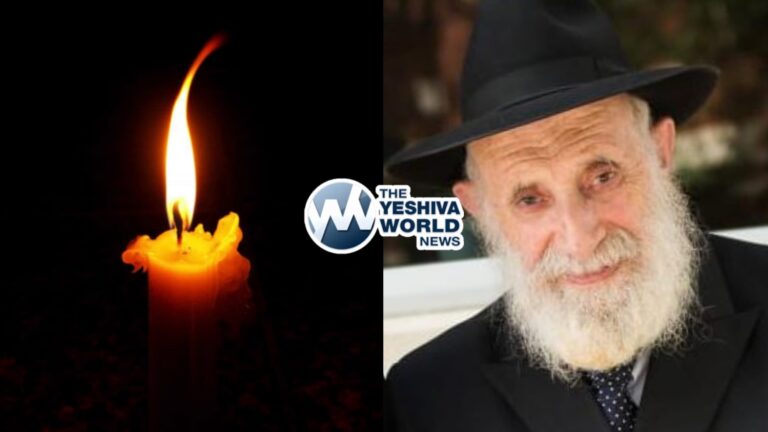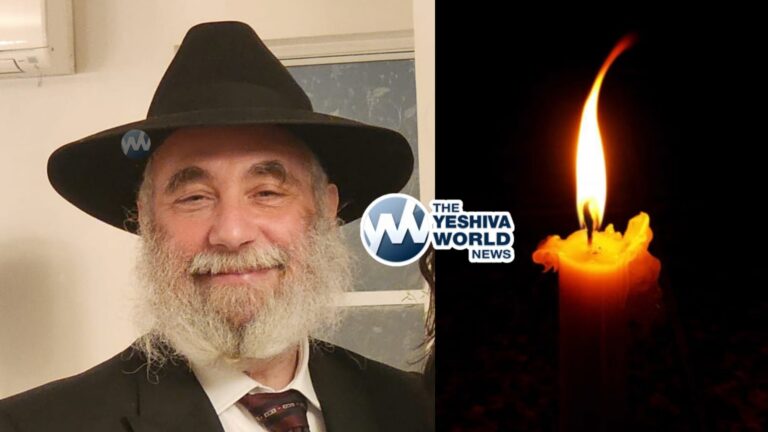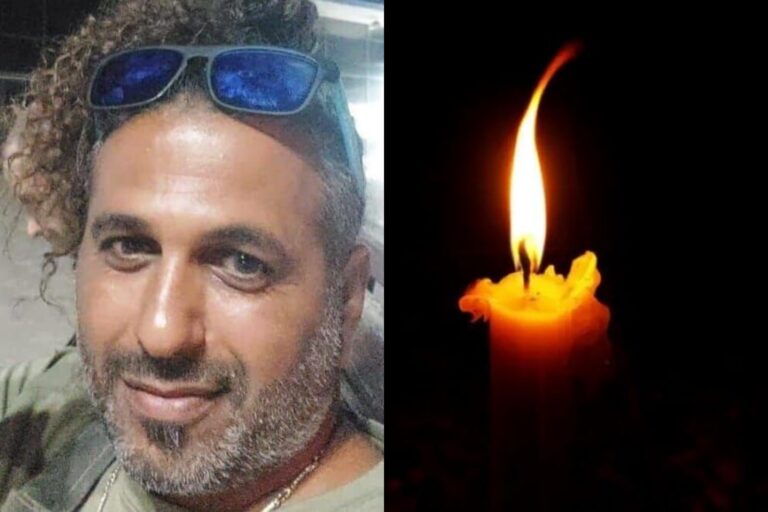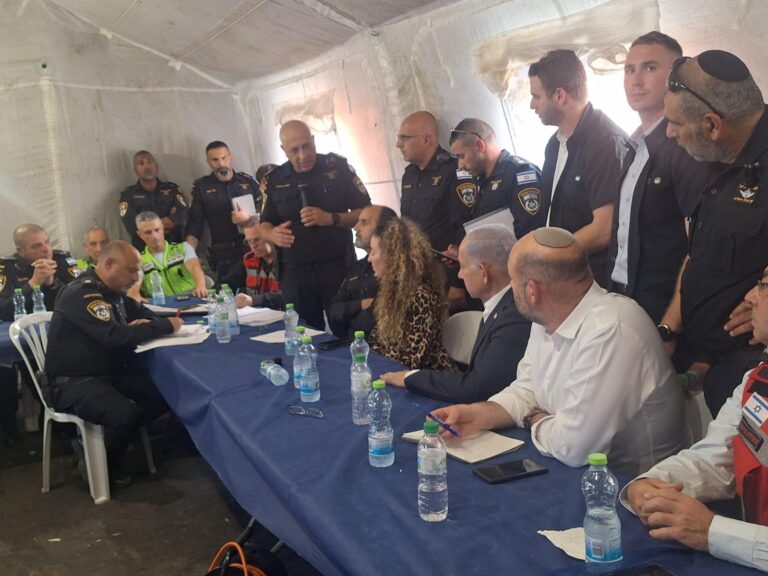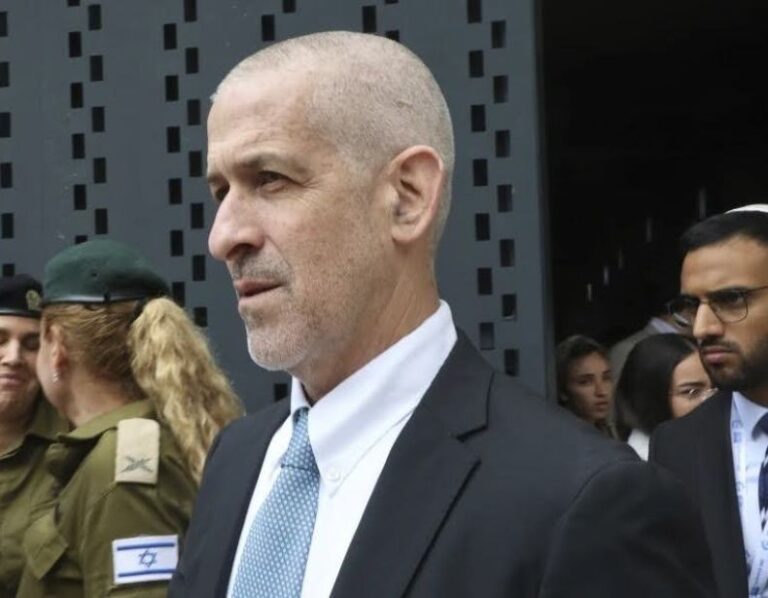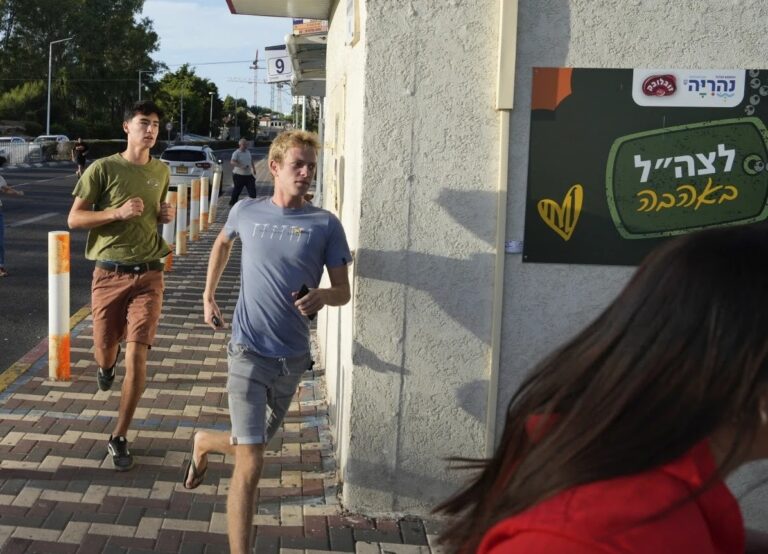Iran unveiled on Thursday what it called the latest iteration of its liquid-fueled Khorramshahr ballistic missile amid wider tensions with the West over its nuclear program.
Authorities showed off the Khorramshahr-4 to journalists at an event in Tehran, with the missile on a truck-mounted launcher.
Defense Minister Gen. Mohammad Reza Ashtiani said the missile could be prepared for launch in a short period.
“One of the prominent characteristics of this missile is its ability to evade radar detection and penetrate enemy air defense systems, thanks to its low radar signature,” the general told journalists. “This missile has the capability to utilize various warheads for different missions.”
Iranian officials described the missile as having a 2,000-kilometer (1,240-mile) range with a 1,500-kilogram (3,300-pound) warhead. They also released undated video footage purportedly showing a successful launch of the missile.
The Khorramshahr has the heaviest payload of Iran’s ballistic missile fleet, which analysts say may be designed to keep the weapon under a 2,000-kilometer range limit imposed by the country’s supreme leader. That puts most of the Mideast in range, but falls short of Western Europe.
The Khorramshahr-4 is named after an Iranian city that was the scene of heavy fighting during the Iran-Iraq War in the 1980s. Iraq seized the city in the oil-rich southwestern province of Khuzestan at the start of the war, but Iran retook it over a year later.
During the event, loudspeakers blared the “Symphony of the Epic of Khorramshahr,” an orchestral composition marking Iranian soldiers ending the Iraqi siege of the city during the war.
Tehran created its ballistic missile program after suffering through Iraqi Scud missile attacks in the conflict — and as a hedge against its Western-armed neighbors as embargoes have kept it from accessing modern attack aircraft.
The missile also is called Kheibar, after a Jewish fortress conquered by the Muslims in the 7th century — in what is now Saudi Arabia.
Regional tensions likely played a role in Iran’s missile display Thursday. A miniature example of Jerusalem’s golden Dome of the Rock on the Al-Aqsa Mosque compound, a holy site in both Islam and Judaism that Jews call the Temple Mount, stood next to the mobile launcher.
Iran views Israel as its archenemy and arming anti-Israeli militant groups in the Palestinian territories and surrounding countries. Tensions between the two nations are high, particularly as Iran enriches uranium closer than ever to weapons-grade levels. The Khorramshahr would be able to reach Israel.
Iran made a point, however, to keep the truck that transports the missile covered up during the event. Its missile program has been targeted for sabotage in the past — and Iran has previously used foreign-sourced vehicles to tow such massive missile systems.
It remains unclear, however, why the missile has been called Khorramshahr-4 as only two other variants of the missile are publicly known. It is modeled after North Korea’s Musudan ballistic missile, which is believed to have up to a 4,000-kilometer (2,485-mile) range with a 500-kilogram (1,100 pound) payload.
(AP)


